Leaving Marks That Heal: A Personal Journey Through Nature, Art, and Renewal
A Self-Reflection Through Nature And Art

By: Mickey Semple
Photos by: Émilie Sergerie-Girard, Mickey Semple
___________________________________________
I’ve recently come back from a 7-day canoe-camping trip in the beautiful Poisson Blanc Regional Park with my friend Émilie. We spent days carefully planning all of the materials and equipment we would need, packing them into compression bags, then dry bags, as well as mapping and preparing meals. Driving several hours, strategically placing everything into the vessel for optimal balance – and tying it together in case of a flip (Thanks again, Em!) - it was all a lot of work. But it was worth it the moment we set eyes on the almost infinite mirror-like water, with its dancing ripples, and the slopes and treetops carving out the horizon. I inhaled the smells of the wild and let myself bask in the sunlight.
“We’re here. We’re finally here.”

There wasn’t too much time to smell the roses just yet, as we still had about three hours of paddling a fully-charged canoe before we got to our first camping spot - and then try to get set up before sundown. So we set off on the 33-square-mile lake, taking in the initial islands out of approximately one hundred. It wasn’t long though before we decided to make our first stop to explore one of them.
Something had caught our eye. From afar, we could see this carefully arranged pile of rocks, shaped like a tower.
"It was reminiscent of a lighthouse, beckoning you over to its small plot of rocky earth."

Émilie and I parked our heavy canoe on the only diminutive parcel of sand we saw and went to investigate the construction. One day, maybe only hours ago, maybe weeks, months or even years ago, one or many humans decided to pick up these stones and place them like this. These were pieces of our Earth, Precambrian metamorphic rocks, which are some of the oldest on the planet, spanning several ice ages. They were transformed by glaciers as well as periods of intense heat and pressure. I let the tips of my fingers caress their billion-year-old surface, feeling the roughness of it. Of course, there was no signature, no way for us to know the author of this spontaneous sculpture, and no way for them to know who may or may not see it.
But that seemingly innocuous pile of rocks had a timeless and universally human message: “I was here. I exist. I mean something in the world, if only for a moment.” Not unlike when we used to carve our initials with a compass or scissors into the desks at school. One day it will be washed away by the wind or water. One day, the school will buy new desks. “This too shall pass.” But in the meantime, you are seen.
A bit farther on the same island, we saw a large piece of driftwood that had been implanted into a water-eroded stump. Both had been carried by the tides, then manipulated by humans. The dried grass added on top made it resemble an oriental-style dragon, depicted with long whiskers. Instinctively, we began picking up small, pointy rocks and inserting them into the serendipitously parallel grooves on the underside of the stick. Now, the dragon had teeth.


In that simple and playful act, I was struck by how universal the need to leave a mark is — a quiet gesture linking us to the countless generations that came before us, and to those who will come long after we’ve gone back to dust.
Ephemeral art has a distinctive meaning in nature. Building an inukshuk-like totem, decorating a staff made of carefully selected driftwood with foraged plants, shells and other natural objects - it allows us to connect and ground ourselves into the natural world that so gracefully houses us. It is humbling in a way;
I am no more important on this earth than the loons whose requiem punctuates the sunrise, than the fishes gliding through my fingers near the shore or the tamias scurrying in the taluses. We all share the same home, so let’s make it beautiful and peaceful.

The desire to create and leave a mark is nothing new. In fact, it is deeply and inherently human. Currently, the oldest known artifact representing human-made art was conceived by Homo Erectus, some 500,000 years ago. It consists of a simple freshwater mussel shell, engraved with a zig-zag pattern - potentially as an aesthetic endeavour.

Among the Ojibwe and other Indigenous nations of North America, some craft what they call spirit sticks. They are often carved from willow or cedar and adorned with feathers, beads, and other objects. They hold a profound cultural and spiritual importance and are used in ceremonies, as a tool for respectful exchange, for honouring nature and storytelling, even to communicate with ancestors. They may have symbols painted or carved into them, marking significant events.
Evidently, Art is essential and ubiquitous to humans across all epochs and societies. It triggers a pleasure reward response in the brain’s limbic system, especially the amygdala, releasing dopamine. The limbic system holds a crucial role in the formation of memories, as well as emotional regulation - which is why high-emotion circumstances such as traumatic moments have a strong effect on your memory. Engaging in art can help decrease stress and anxiety and elicit powerful emotional responses, including a feeling of awe. It can influence the amygdala’s activity positively and help process difficult emotions, thus contributing to the process of healing trauma. Feelings of awe also stimulate the default-mode network which is responsible for introspection, creativity, and self-awareness.

Studies using fMRI have shown that urban environments over-activate the amygdala, leading to anxiety, stress, and potential mood disorders. Conversely, spending time in nature has the effect of reducing the fight-or-flight response, as well as the production of cortisol. A Stanford study reported reduced rumination and lowered activity in the subgenual prefrontal cortex, which is responsible for brooding and depression, after a 90-minute nature walk. Other similarities between artistic activity and connection with nature have been found, such as a surge of dopamine and serotonin release. While stress may shrink the hippocampus, nature and art actually stimulate neurogenesis - the creation of new neurons.
The hypothalamus system (HPA) undergoes a comparable change. Not only are baseline cortisol levels lowered, but heart rate, digestive system and rest improve. This web of positive effervescence within the human mind and body leads to deactivation of the ego, openness and empathy. All of these are deeply beneficial to healing trauma and anxiety.

Over the next few days, I had more energy than I can remember. I got up at sunrise every day, foraged, collected wood and natural baubles, explored the wilderness. I paddled until my arms went numb and I had blisters on my hands. I immersed myself fully in the present, activating my reptilian brain. Food, water, safety, shelter. The sunrise and the sunset. Being hypnotized by the soothing blaze of the campfire while replenishing myself on deer stew and wintergreen tea. Falling asleep under a blanket of stars stitched with a shimmering Milky Way, rocked by the lullaby of coywolves and owls.

I came back feeling refreshed and revitalized, my mind filled with rich memories and ready to create, connect, and keep growing. Like those stone towers and driftwood dragons, my time in the wilderness left only fleeting traces on the land — but their imprint reshaped me. Art and nature remind us that even temporary marks can heal, unite, and endure within us.
In their impermanence lies their power: like a firefly or a sunset, they teach us to be grateful and fully present in the now.













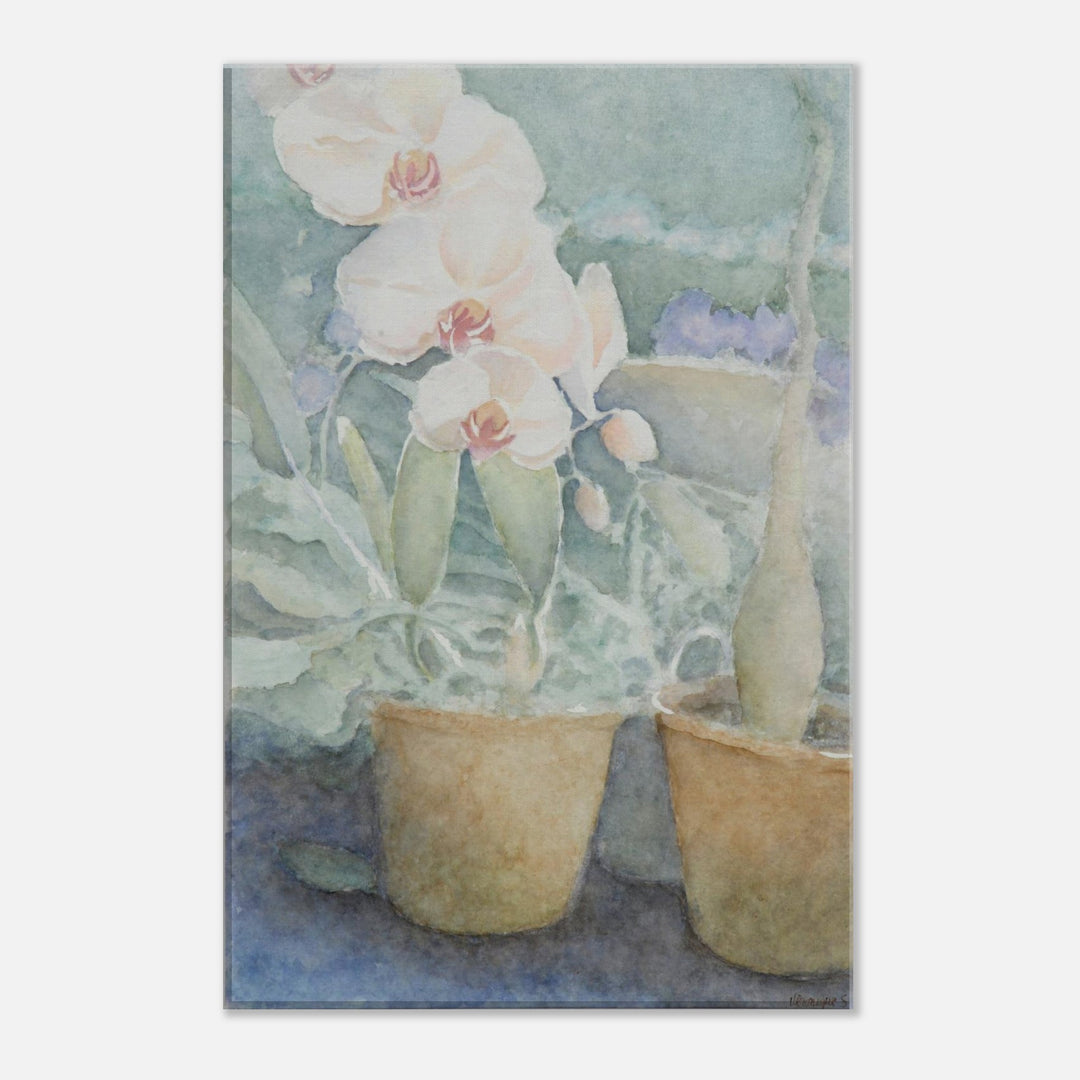
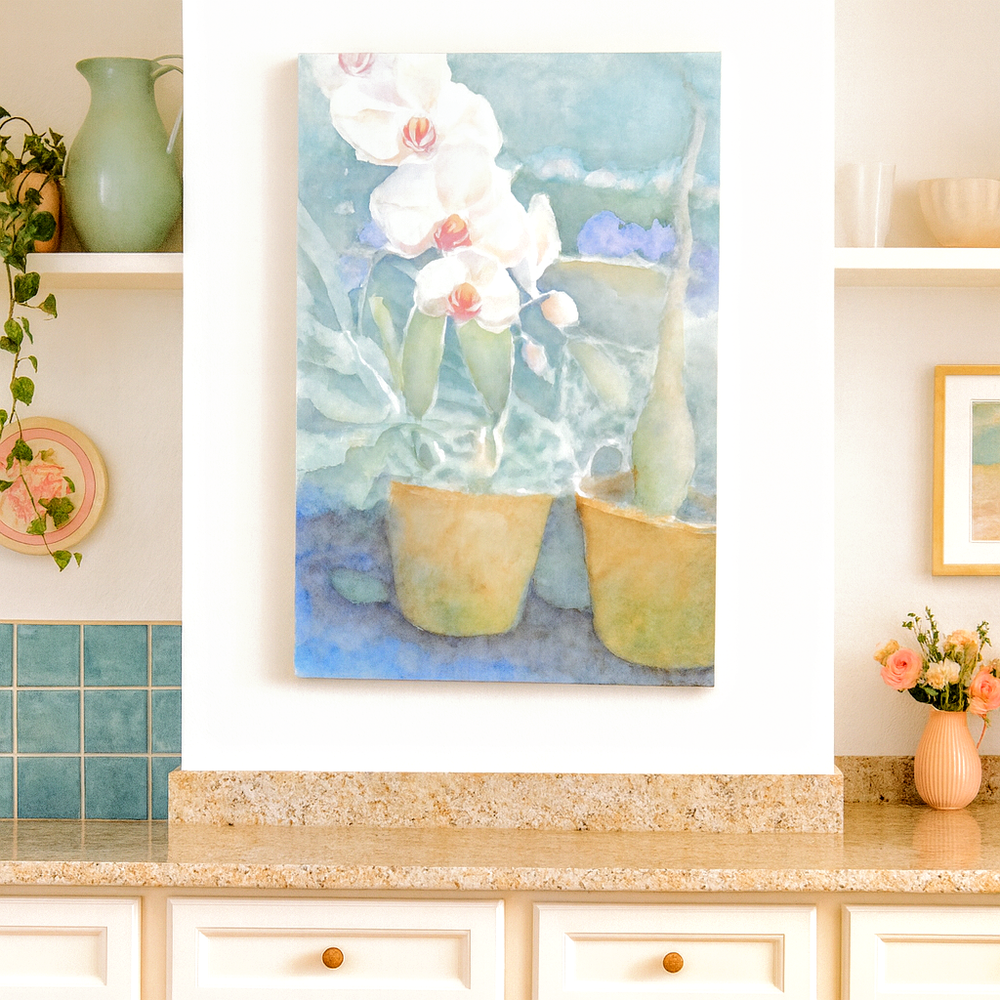
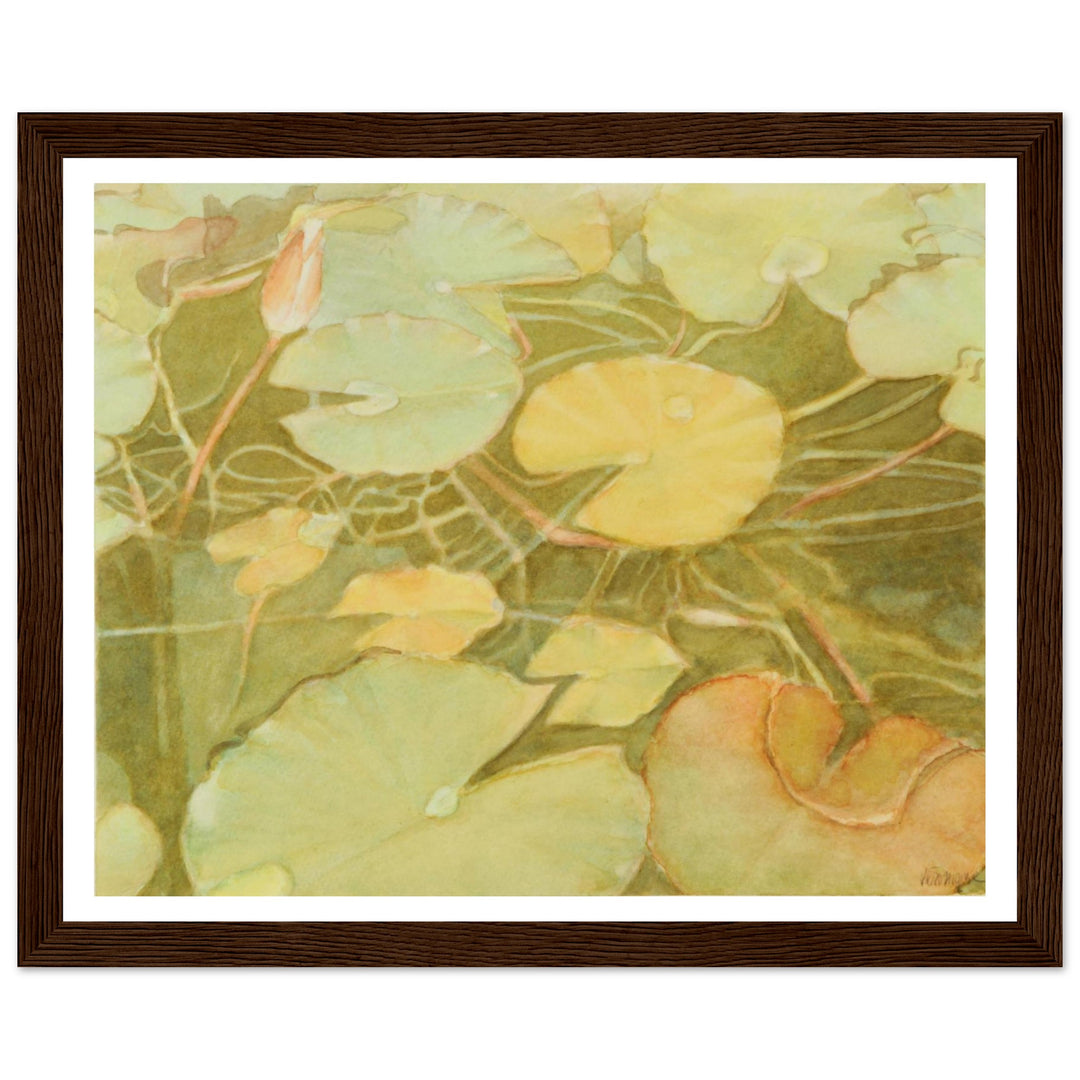

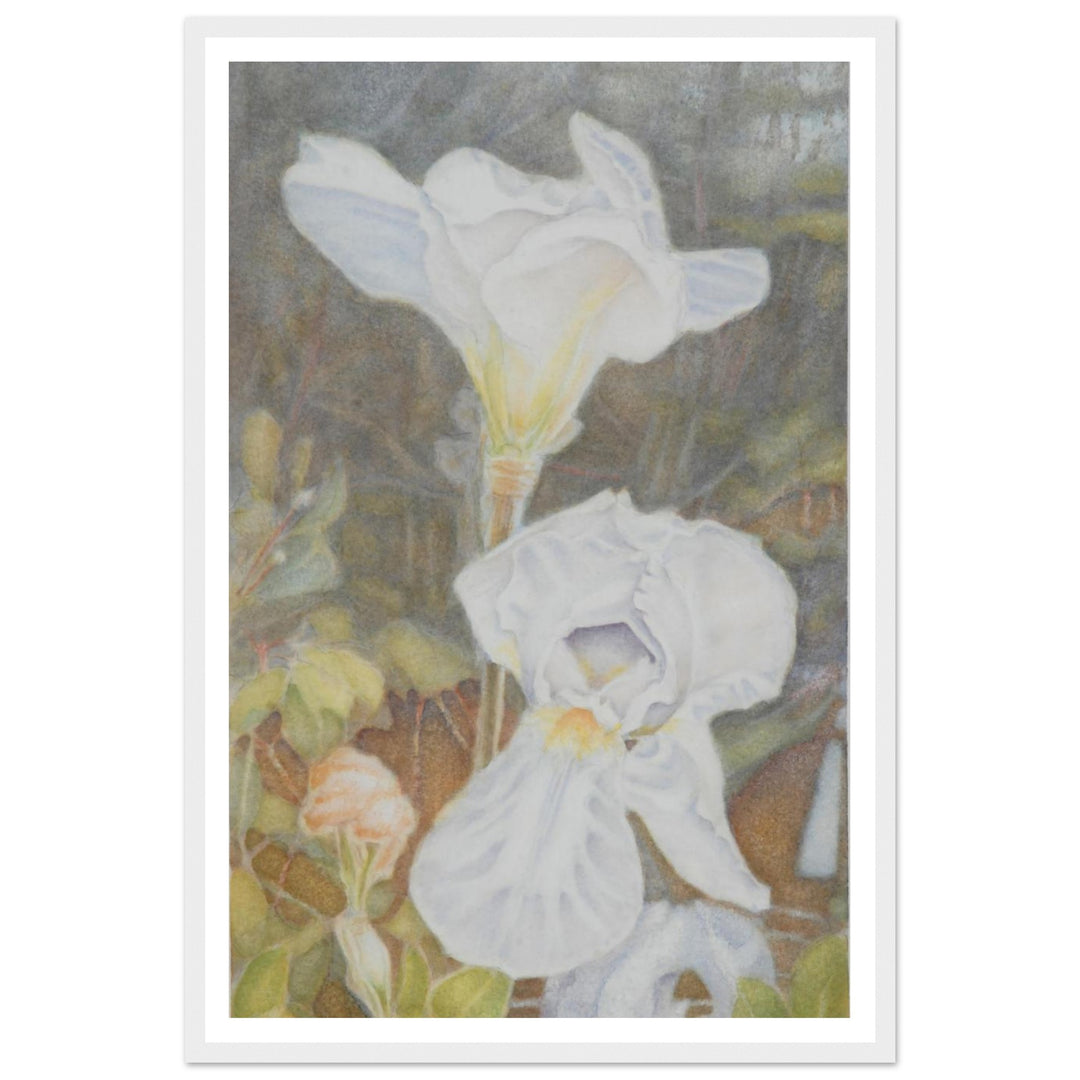
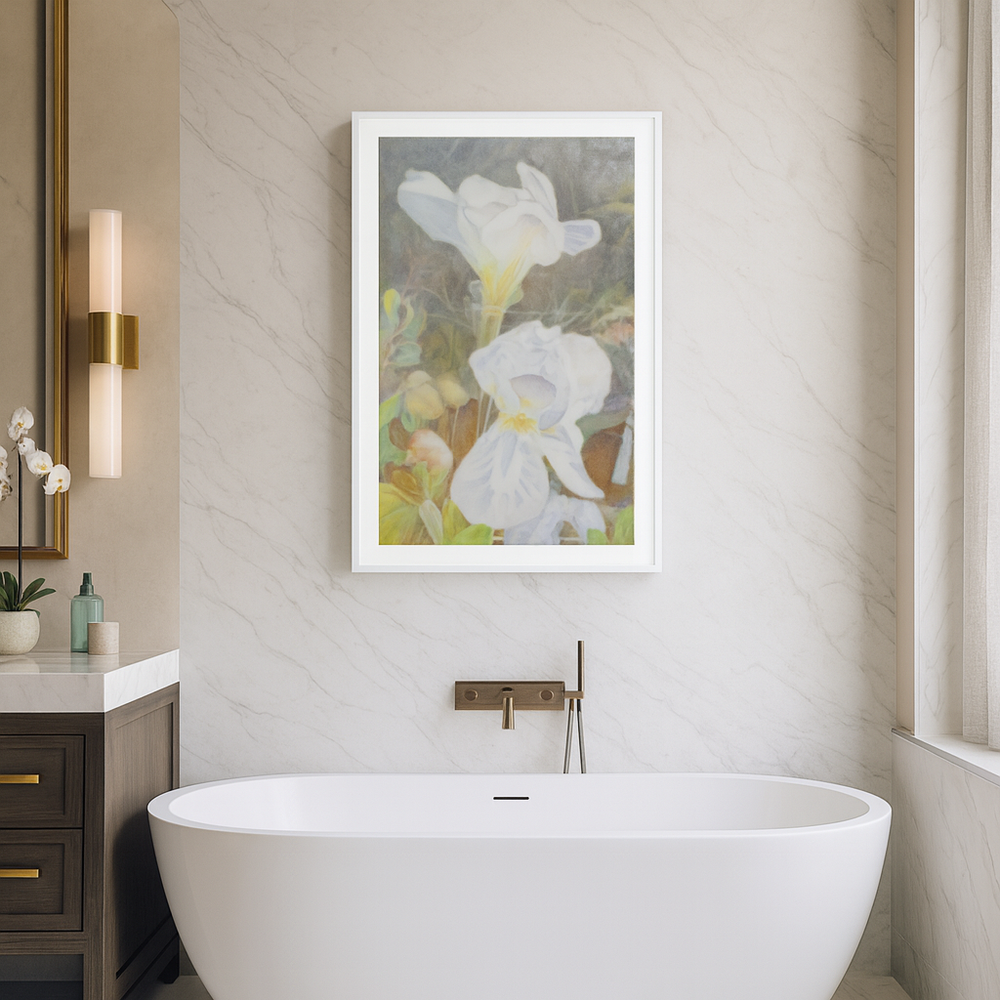
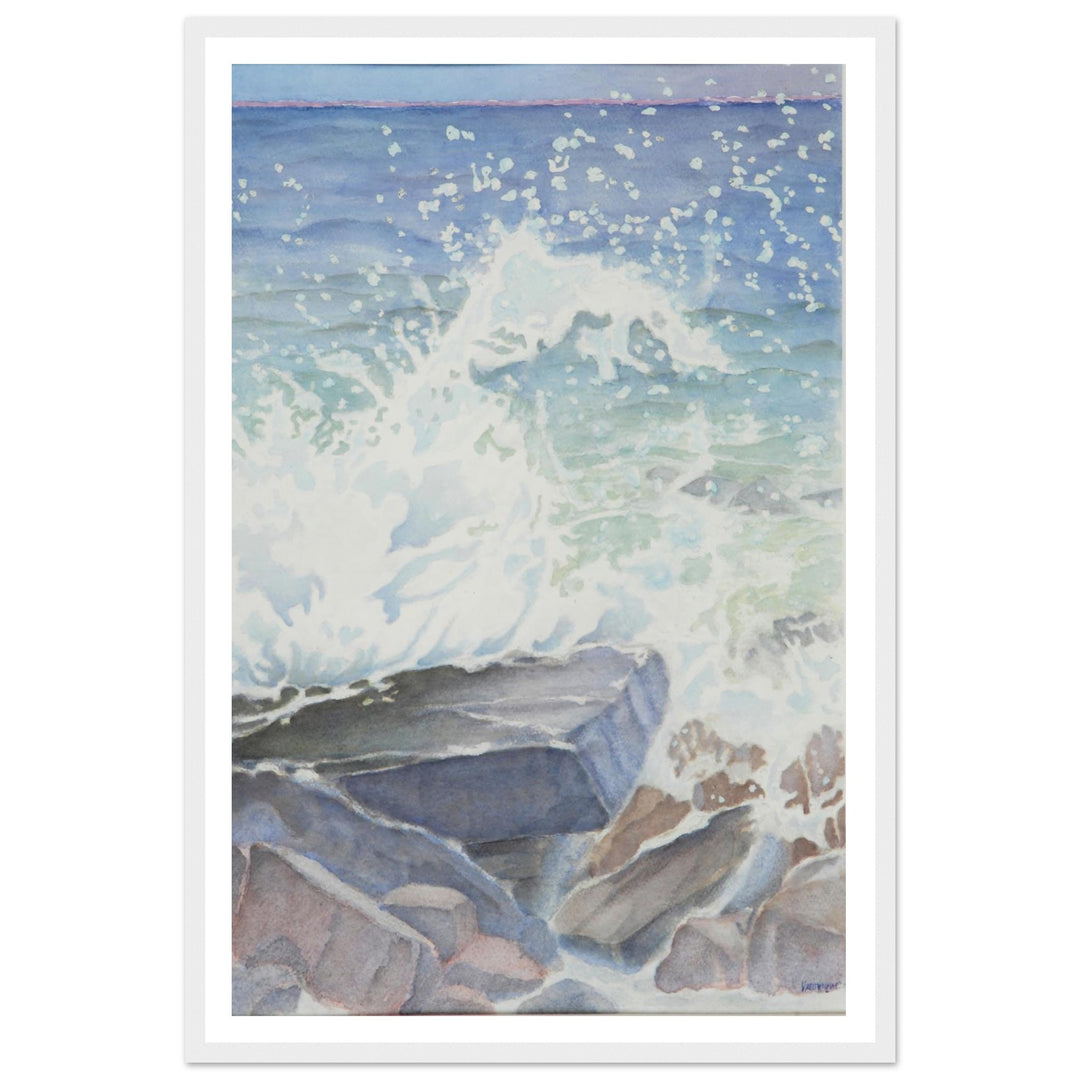
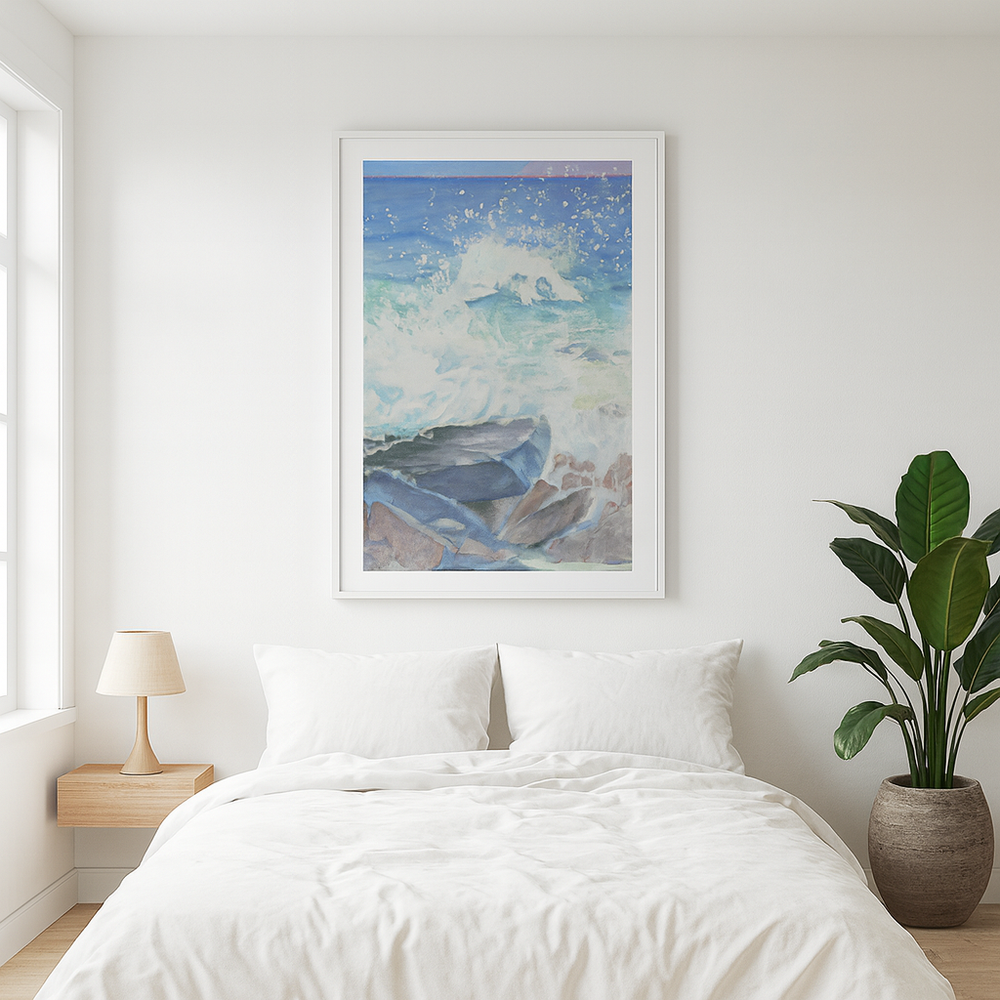
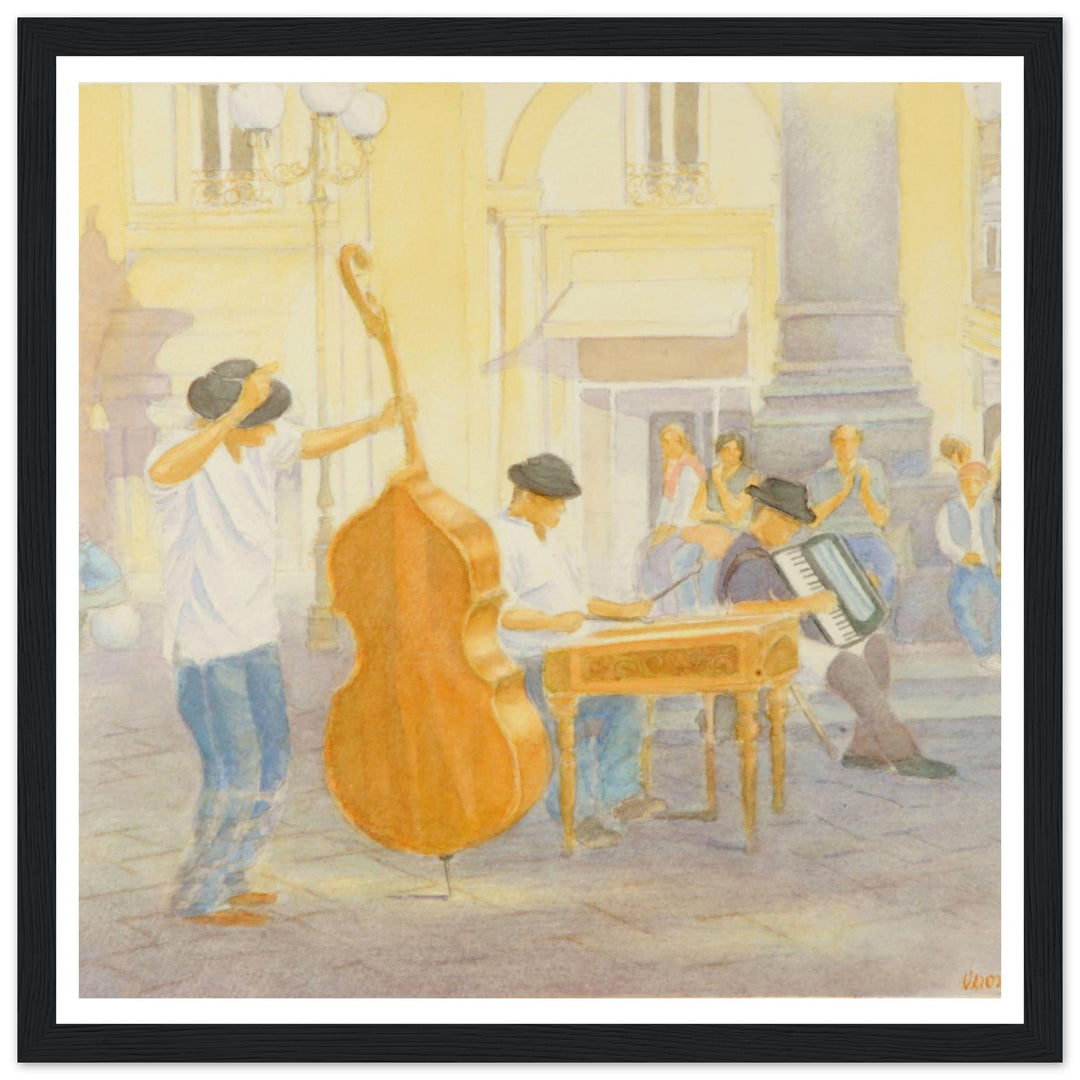
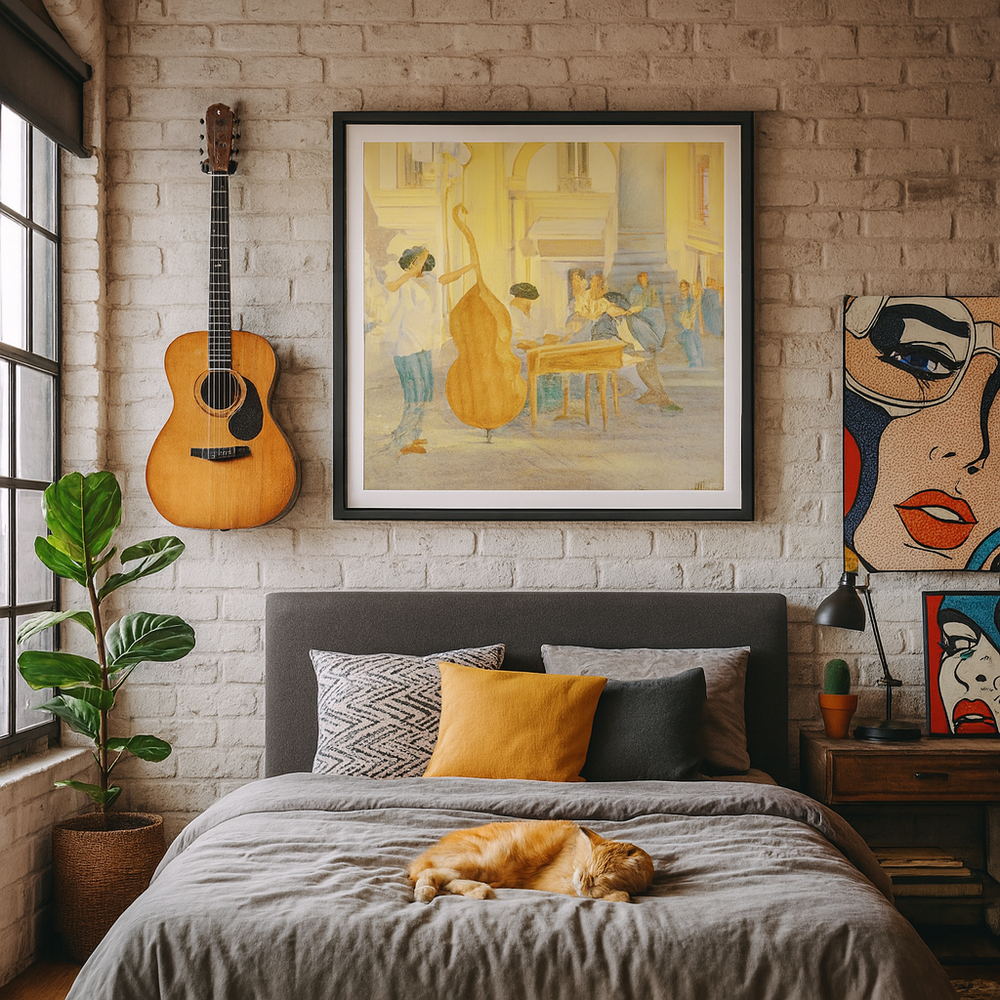
Leave a comment